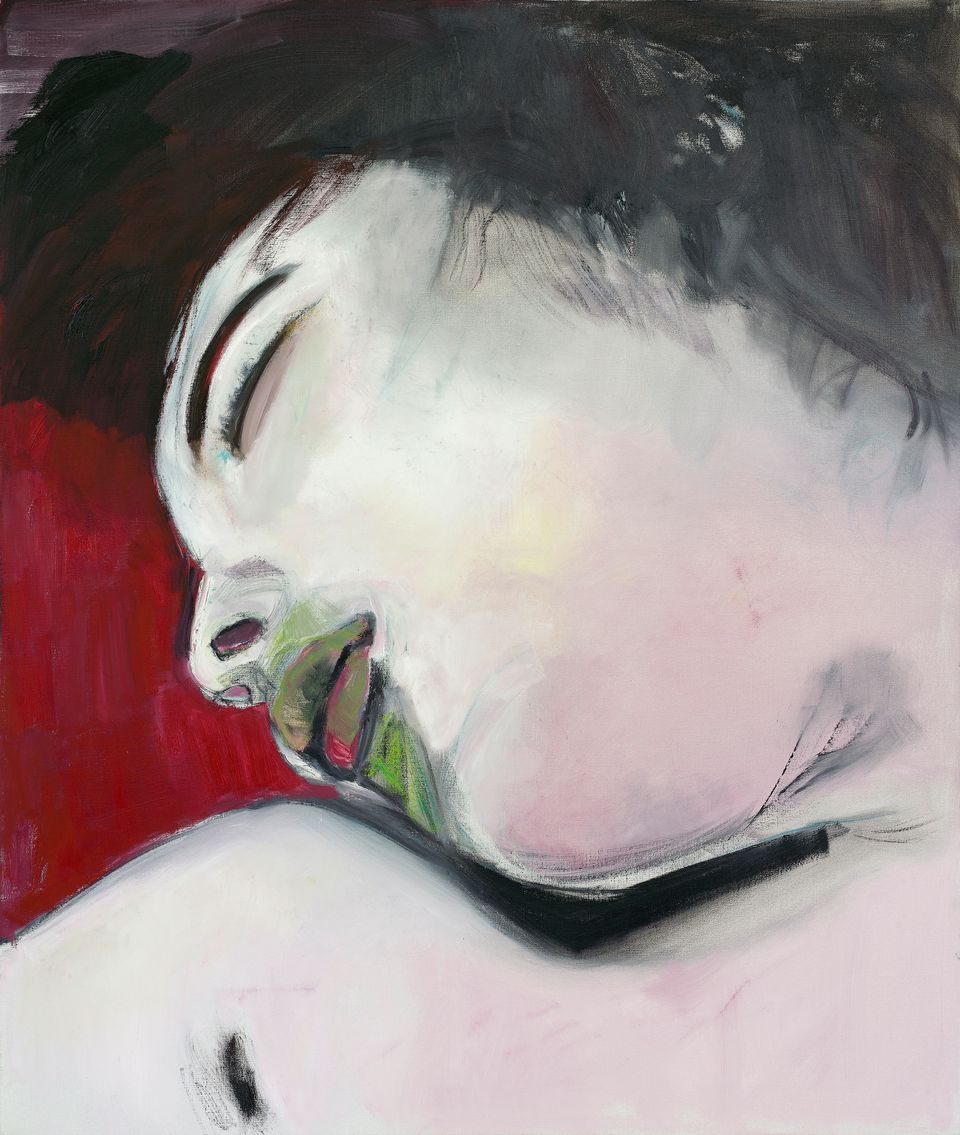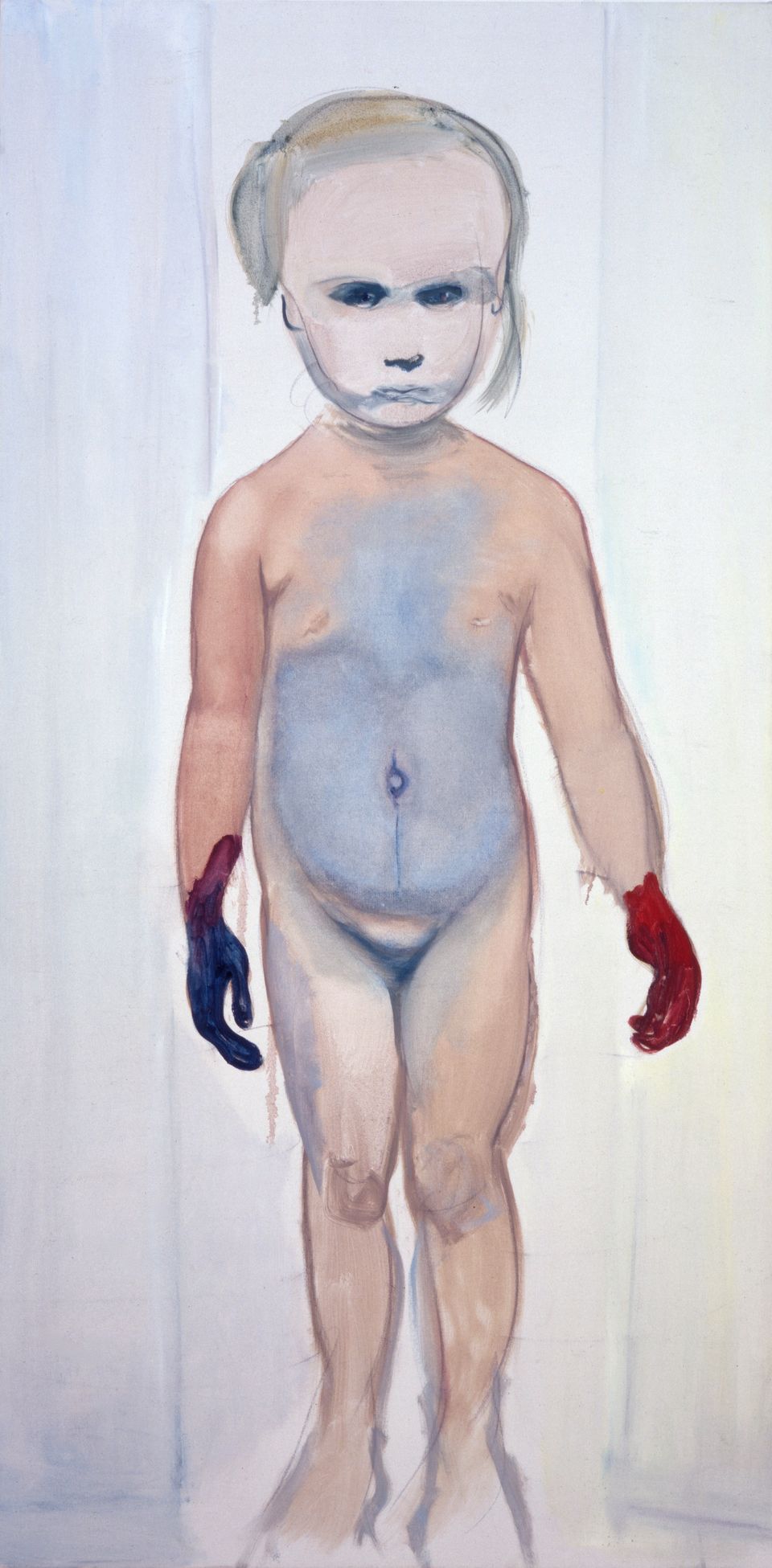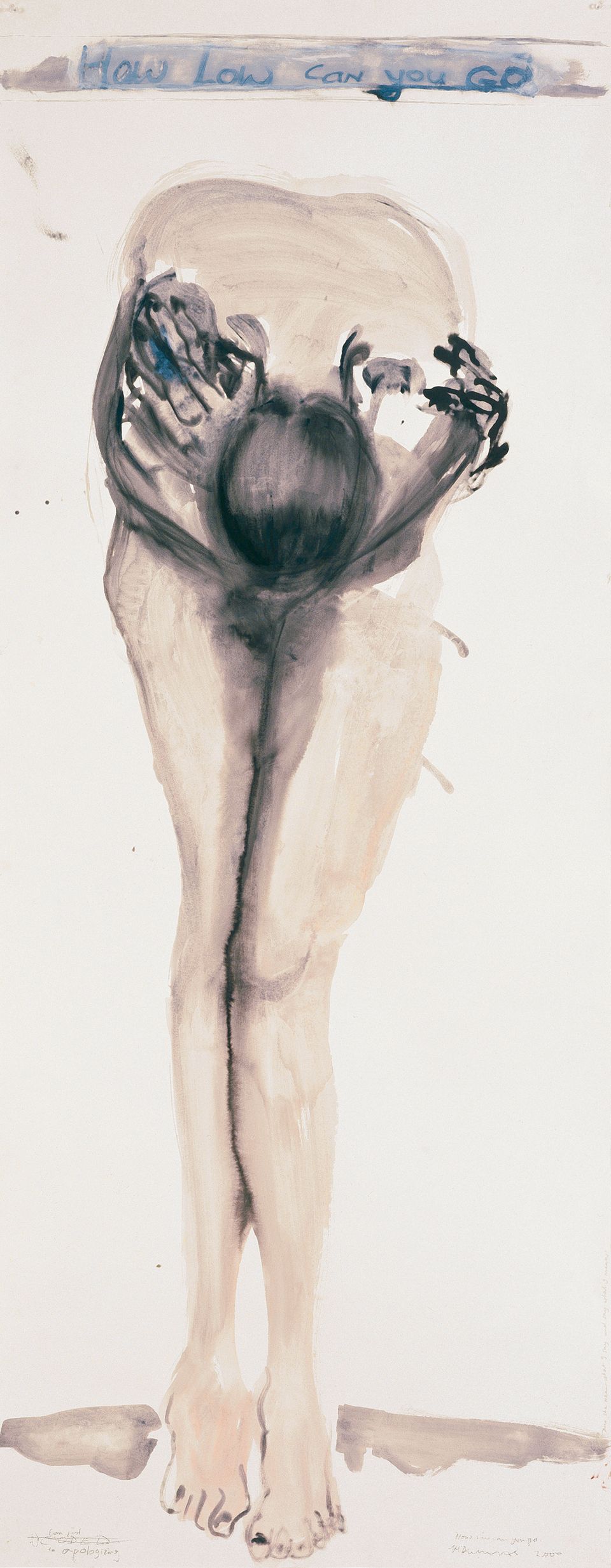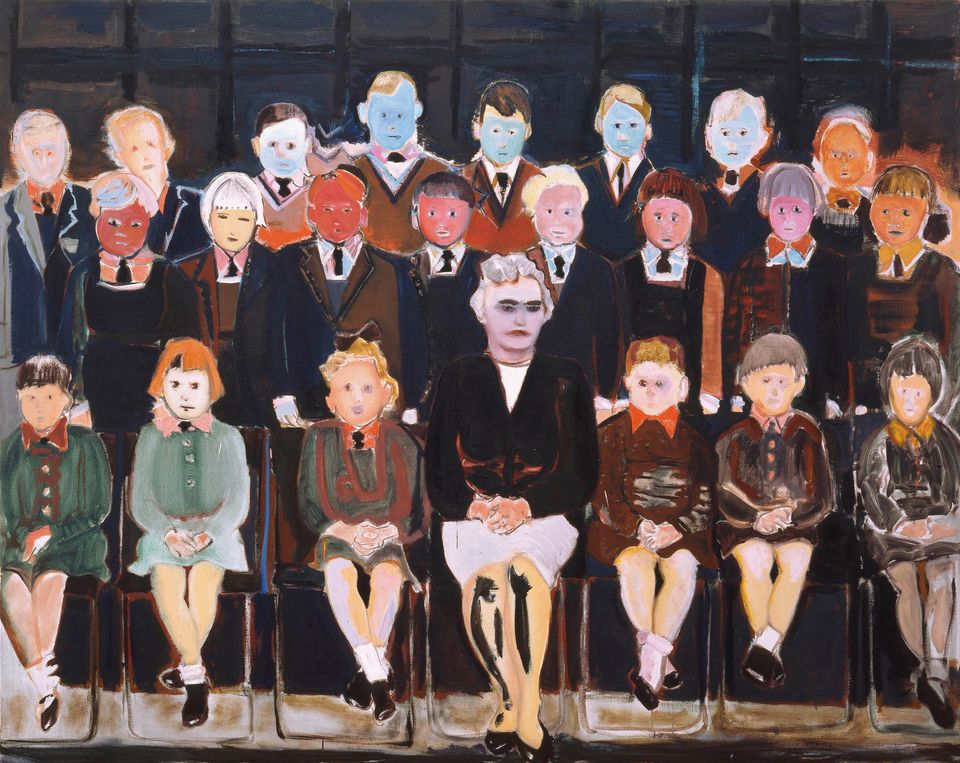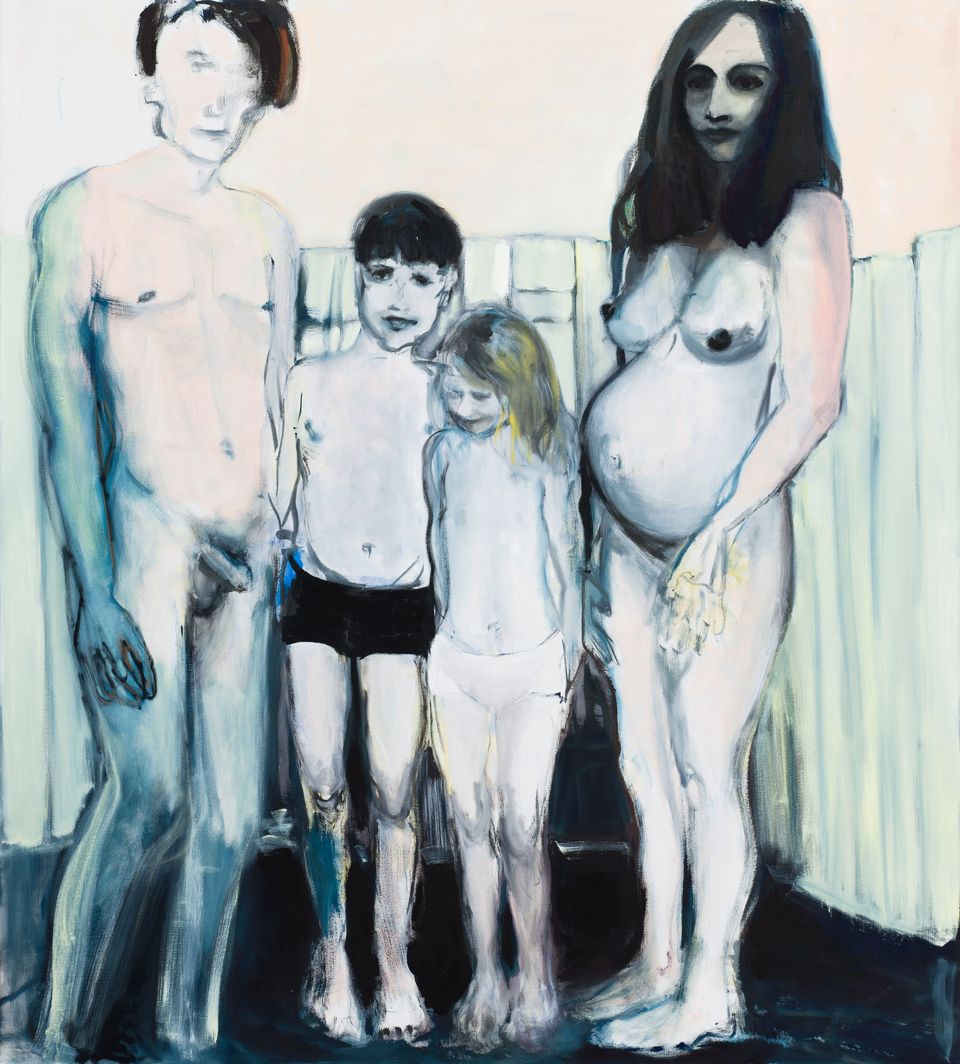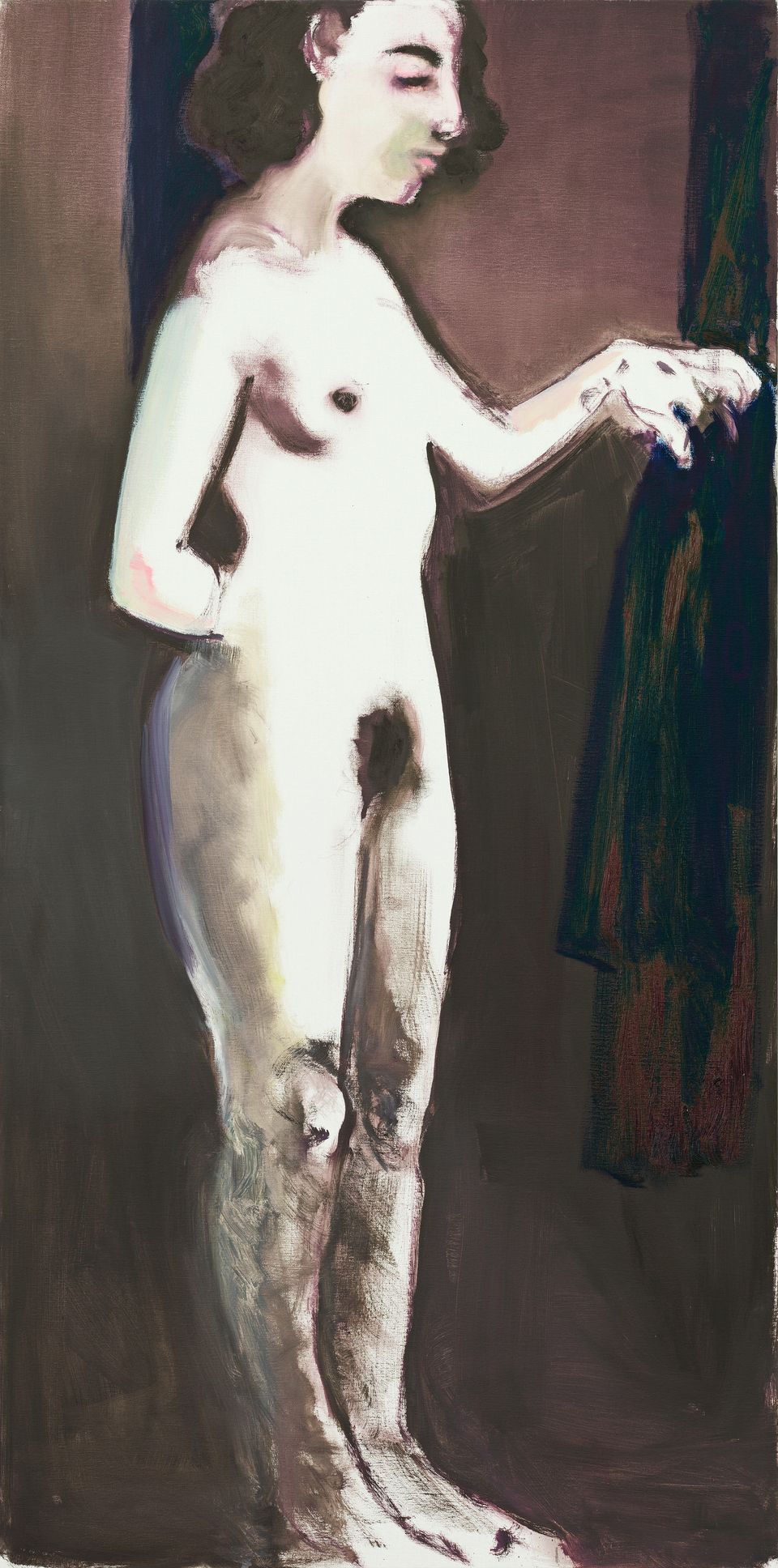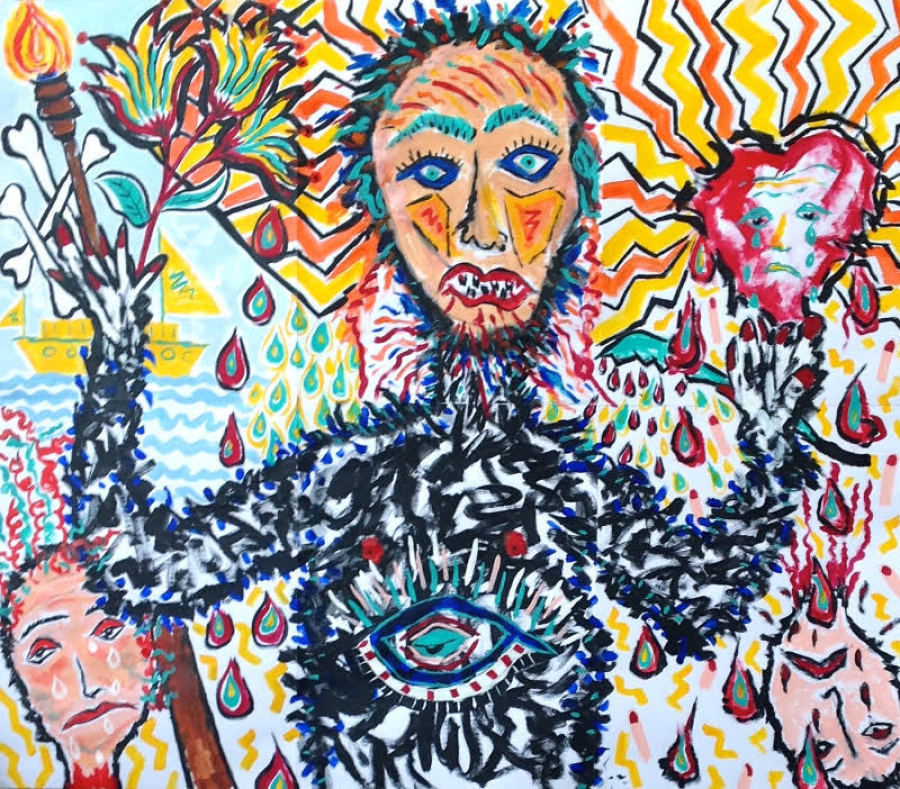
Esther Ritz, "Furry Man"
The art world has an alluring, if somewhat illusory, exterior. It gives off the impression of being progressive, fluid, experimental -- a space for outsiders of all kinds to converge and create. In reality, however, the art world is as guilty of many of the prejudices that skew contemporary culture surrounding issues of gender, race and age.
Ageism has a special bond with the mainstream artistic establishment. Dealers, galleries, museums and curators are often criticized for sniffing out young artists. Often referred to as emerging artists, like villainous cartoon characters, they're hungry for unripened and unmediated artistic genius, the next big thing. The sentiment echoes persistent myths regarding creativity, such as psychologist Harvey Lehman's 1953 conclusion that "the genius does not function equally well throughout the years of adulthood. Superior creativity rises relatively rapidly to a maximum which occurs usually in the 30s and then falls off slowly."
Although the art world gatekeepers have long been notorious for their youth-centric fetish, that's only one narrative. For one, French sculptor Louise Bourgeois experienced her artistic pinnacle far later in life, creating the iconic sculpture "Maman" in 1999 at 88 years old. "I am a long-distance runner," the artist said. "It takes me years and years and years to produce what I do." And then there's sculptor Alice Mackler, who was praised for her first solo exhibition when it debuted in 2013; Mackler was 81 years old.
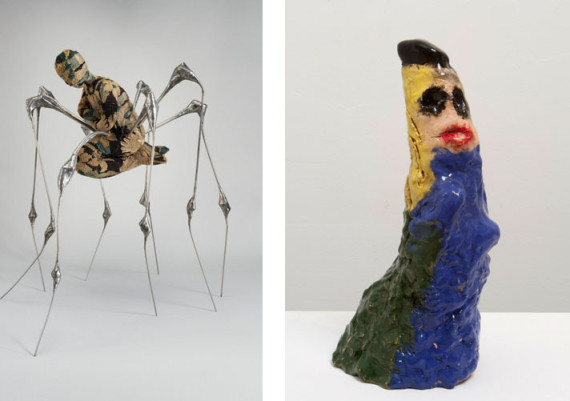
Left: Louise Bourgeois, "Spider," 2003. Collection The Easton Foundation. Photo: Christopher Burke. Right: Alice Mackler, untitled 2014, glazed ceramic, 9 x 4 x 5 inches
Not every story of late-blooming artistic potency garners so much attention. Born in New York City, Esther Ritz spent most of her life in Dallas. She married, had children, finished law school, worked in real estate and, at the age of 55, became an artist.
Ritz grew up amid the rise of Expressionism, and recalls regarding Picasso as one of her favorite artists. Both influences are discernible in her vibrant, acrylic-on-paper paintings, which take root in the depths of the imagination and grow outward in all directions like a mutant weed. Ritz's work echoes a variety of eras and movements, depending on your vantage point.
From one angle, her canvases recall the blaring colors and confrontational passion of Dorothy Iannone; from another, the spiritual storytelling of Marc Chagall. Look closer still and you'll see a contemporary glare, reminiscent of the trending "slacker aesthetic" embodied by artists like Misaki Kawai.
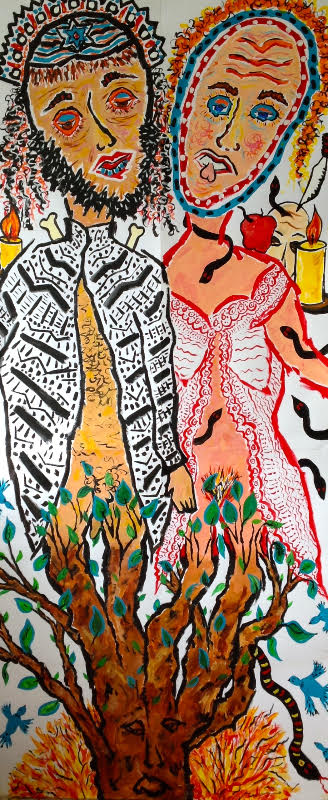
Esther Ritz, "The Wedding"
Ritz's work occupies many different styles and spaces, which isn't surprising -- she's consumed a lot of images. The humble revolutionary told The Huffington Post more about her artistic journey.
Let's start at the beginning. Tell me about your childhood and, if you remember, your earliest experiences with either making or seeing art. Well, I was born in New York City and lived in New York for a couple of years as a baby. Then I lived in Newark, New Jersey, where my Dad was from, in a middle class Jewish neighborhood until I was about 12. Then we moved south. First we moved to Charleston, South Carolina, for a few years and in the ninth grade I moved to Dallas, where I live now.
In terms of my interest in art, I give my parents a whole lot of credit. They always encouraged me and gave me lessons. One of my earliest memories -- I must have been maybe 10 years old. My parents bought me this real artist set with a wooden box and all these paints and brushes. I felt very grown up. As a child and even as a teenager I was always encouraged. In my later teenage years I let the whole thing go. I dropped it for quite a long time, got married, had children. I went back to school and got a law degree. There were 25 years where I didn't do anything.
You didn't do any art whatsoever?Every once and a while I'd do Sunday painting type of thing, but nothing serious. I retired from the business world in about 1996. In between I had gotten a law degree and after that gone into commercial real estate. I finally retired in the mid-'90s and that's when I really began focusing on my art. I've been at it now around 18 years.
Growing up did you ever think you would work as a full-time artist? I did have these fantasies! When I became a teenager, and started dating and becoming social, the whole thing kind of went away. I was in my mid-twenties I would occasionally take painting classes at the community center and would have these fantasies about being a big famous artist. But they were just fantasies.
Do you remember being inspired by any female artists in particular growing up, either that you knew personally or from afar?When I was young, I don't think I was aware of any female artists, quite frankly. We'd go into New York sometimes and go to the museums, and it was important for my parents to expose their children to art and culture. But I honestly don't think as a child I knew of any female artists. Of course, as an adult, it's a whole different story. But not when I was little.
Do you remember being disturbed by the lack of female representation in the art world?I have to say, the women's movement didn't really kick in until the late '60s, and the awareness of their being no women didn't even really begin until then, I think. Then women began asking, "Where are all the women artists?" When I was a child in the 1950s -- I was born in '42 -- nobody was wondering where the women artists were at that point.
But I would say my parents never said to me you can't do this because you're a woman. I have to hand it to them, they were amazing.
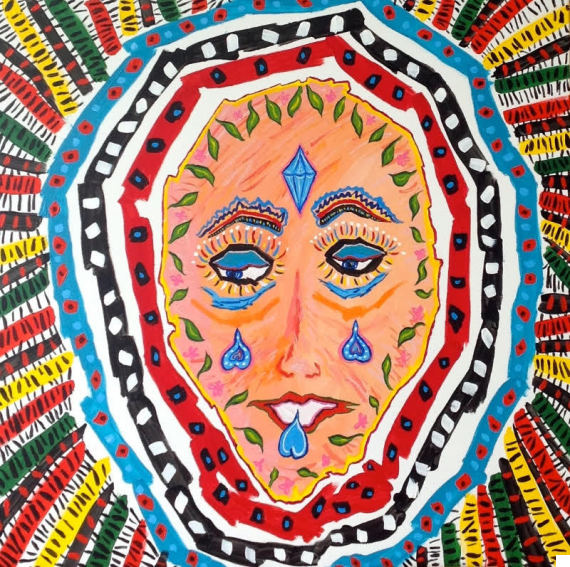
Esther Ritz, "Diamond Lady"
Did you ever take steps to become a working artist earlier in life? Before I went to law school I wanted to go to architecture school, but at that point I was married with kids, so that wasn't a possibility. I think things like visual art and color have always interested me, but it wasn't until I didn't have to worry about making a living that I could throw myself into the art completely and really get going.
It seems pretty rare to discover this immense artistic power in yourself after so many years, especially in a field that's often seen as youth-centric. What would you say to others out there who may not realize that beginning an art career later in life is an option?I wouldn't discourage anyone from being an artist starting out younger! But I would certainly say don't not try it at a certain age because you think you're too old. If you want a second career, start it whenever you are ready. I would definitely encourage that.
Are there any major benefits in particular from delving into your art career now as opposed to earlier in life?One of the biggest advantages of doing it at this time in my life is that I don't need to show the art. I don't have the financial pressure there or the pressure of needing a day job. Creatively, it frees you up tremendously.
I would never have done the kind of work I'm making now if I thought, "I have to sell this thing." It was very much an emotional, internal kind of thing. From that point of view I think it's a good thing, not to put yourself into the financial pressure of needing to make art sell.
Your paintings began more abstract and veered deeper into more recognizable figurative images over time. What spurred that shift? I had been doing abstract works for a long time and began to go to these workshops which introduced me to an idea of a spontaneous, intuitive way of painting. The more I did it, the more it spoke to me. I got much deeper into my subconscious, whereas the abstract images are more about capturing the surface of the moment. For the figurative images, I have to really ask myself: "What I'm really seeing? What am I resisting?" Especially the latter question. If I notice I'm resisting something that's usually a sign that I should be going in that direction.
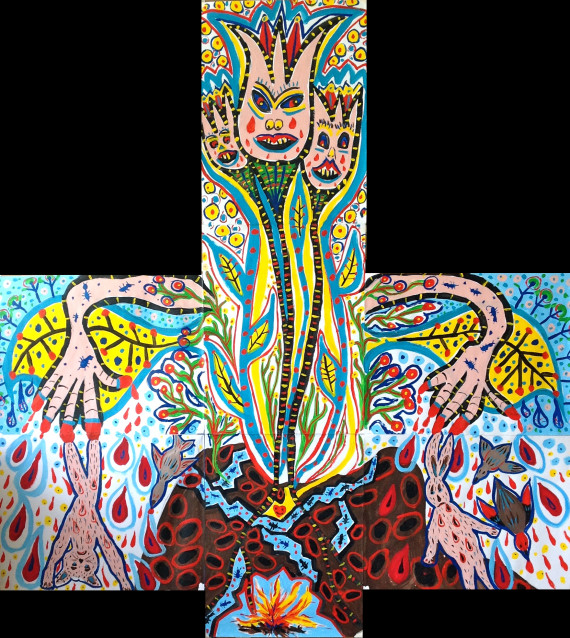
Esther Ritz, "Tulip Monster"
One piece you mentioned to me early on as significant to you is "The Tulip Monster." Would you mind talking about the painting a bit and explaining what it is we're looking at?First of all, all of my paintings are done on sheets of paper that I tape together, so I never know how big they're going to get, how many pieces I'm going to tape together. "The Tulip Monster" began with these three little tulips, just a sweet little painting. But the plant just kept growing. I kept seeing more and more, it was very expansive feeling.
When I decided to put the arms on either side, the image became more frightening. I allowed myself to go to a place where it was not okay. It's not just a plant anymore, it's this monster. And we don't know who it is or what it is and what's going to happen. The piece is about allowing myself to imagine the worst. What would happen if something like this shows up in my imagination? It's a way not to censor where my imagination might lead.
And what about "The Wedding"?When I started this one I thought it was going to be about a couple in love. But it turned out so different. People have told me it reminds them of the Tree of Life, or Adam and Eve, but I had none of that in mind when I began. The piece was just kind of a crazy progression of "well, what would happen next?"
If you can, how would you summarize what you hope to communicate through your work?I've showed my work to a lot of people, and, I feel kind of embarrassed to say it, but some of these things really touch people, really move them. I think because I'm able to get to a very deep emotional place, people can touch things in themselves they may not be able to feel otherwise. It's not my purpose necessarily, but I'm so so happy when people are moved and ask me questions and want to talk about it.
This interview has been edited and condensed.
Related
Before You Go
